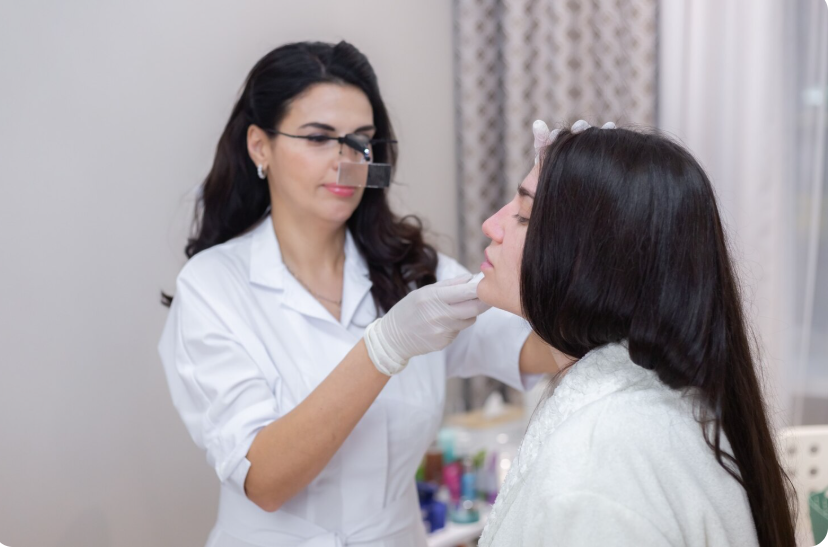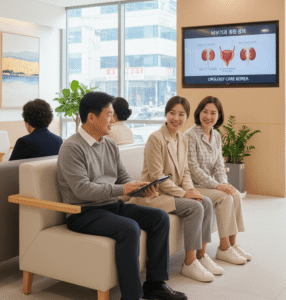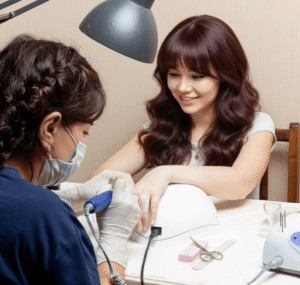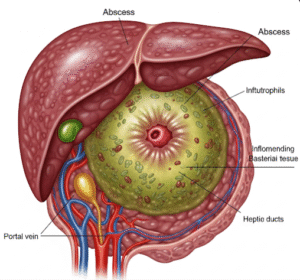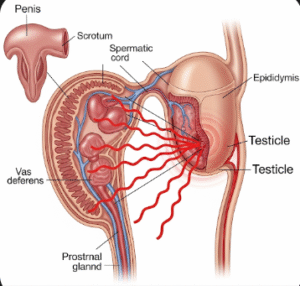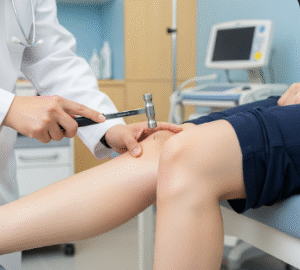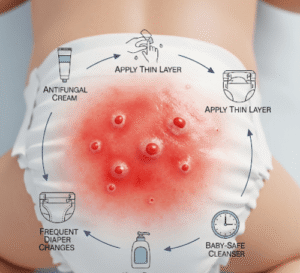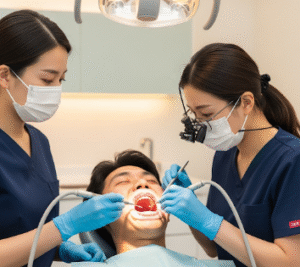What It Is
Lateral canthoplasty is a cosmetic eyelid procedure that reshapes or tightens the outer corner of the eyes (lateral canthus). It is performed to elongate, lift, or adjust the angle of the eyes, giving a more youthful, balanced, and aesthetically pleasing appearance. This procedure is often combined with epicanthoplasty or double eyelid surgery.
Why It’s Done
Patients choose lateral canthoplasty to:
- Correct drooping or downward slanting of the outer eye corners
- Achieve wider, more almond-shaped eyes
- Improve eye symmetry and balance with upper eyelids
- Enhance overall facial aesthetics
This procedure is commonly sought by individuals looking to achieve a “fox eye” or elongated eye appearance.
Alternatives
- Non-surgical options such as Botox or thread lifts can slightly lift the outer eye but cannot structurally reposition the lateral canthus
- Combined eyelid surgeries without lateral canthoplasty may improve aesthetics but leave the outer corner unchanged
Preparation
- Initial consultation with a Korean plastic surgeon to assess eye anatomy, skin elasticity, and symmetry
- Preoperative instructions: avoid blood-thinning medications, stop smoking, and complete necessary lab tests
- Pre-surgery photos and simulations help plan the angle and extent of correction
How It’s Done
- Usually performed under local anesthesia with sedation
- Small incisions are made at the lateral corner of the eyes
- The lateral canthal tendon is repositioned, tightened, or reshaped to achieve the desired eye angle
- Surgery typically lasts 1–2 hours and is often an outpatient procedure
Recovery
- Swelling and mild bruising for 1–2 weeks are common
- Stitches removed within 5–7 days
- Patients should avoid rubbing the eyes and strenuous activities
- Makeup can be resumed after 1–2 weeks, and contact lenses after 2 weeks
Possible Complications
- Overcorrection or undercorrection of eye angle
- Asymmetry between eyes
- Scarring at incision sites
- Temporary eye irritation or dryness
- Rare infection or hematoma
Treatment Options in Korea
Diagnosis
Korean surgeons evaluate the lateral canthus, eyelid structure, and eye symmetry using physical examination and digital imaging to plan precise adjustments.
Medical Treatments
Non-surgical options are very limited and mainly cosmetic, providing temporary lifting effects but no structural changes.
Surgical or Advanced Therapies
Advanced Korean techniques include minimally invasive tendon repositioning, precise incision placement, and use of high-magnification tools to reduce scarring and improve results.
Rehabilitation and Support
Postoperative care includes managing swelling, incision care, and follow-up visits. International patients benefit from guidance on recovery, medication, and lifestyle adjustments.
Advantages of receiving treatment in Korea: Expert surgeons specialized in Asian eyelid anatomy, advanced minimally invasive techniques, high success rates, natural-looking results, and excellent support for international patients.

